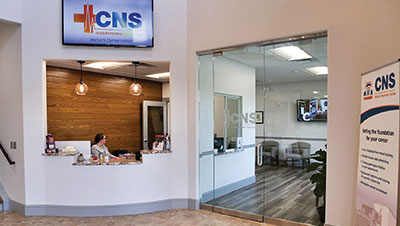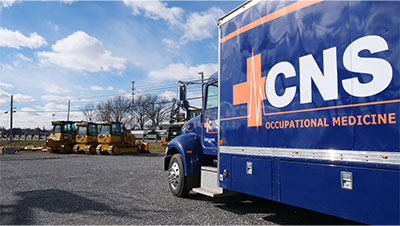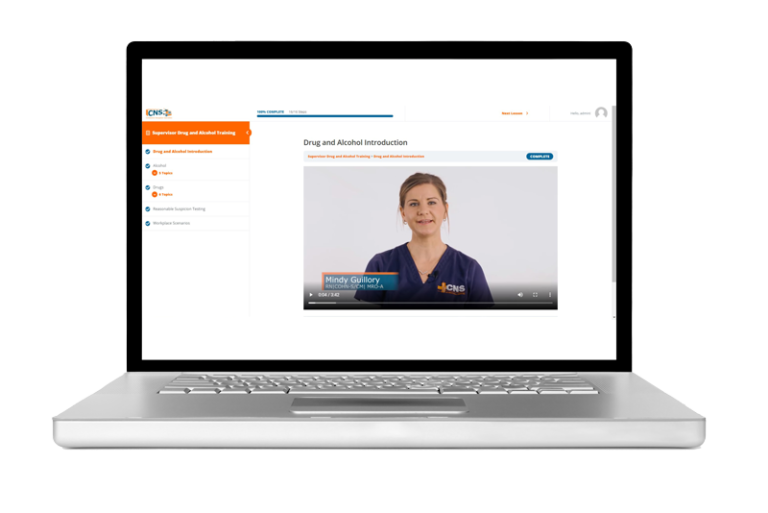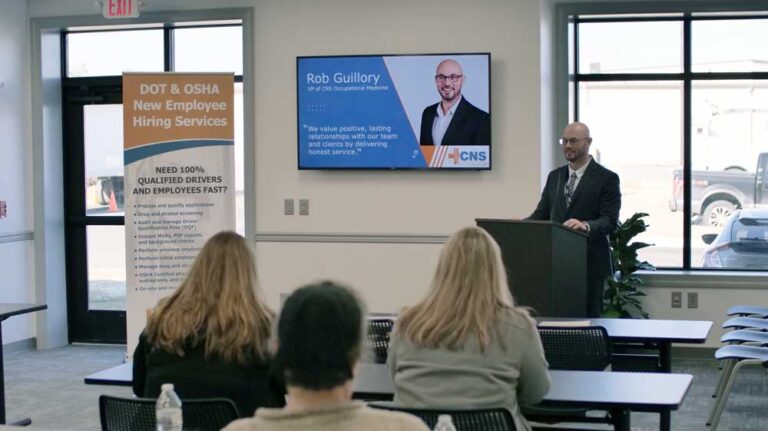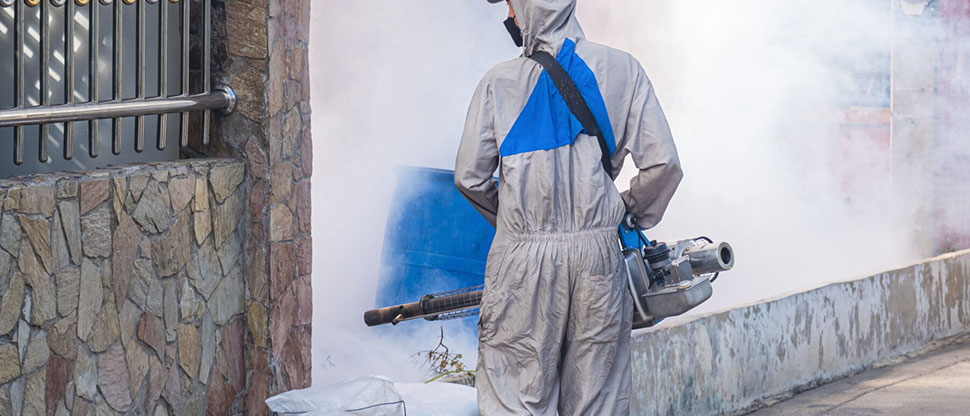Employees spend a significant portion of their lives in the workplace, which is why it is critical for employers to be mindful of safety hazards in the workplace.
One danger that often goes unnoticed is poor air quality.
Poor indoor air quality from machines or tools inside the building, highway pollution outside the building, dust from mechanical processes, and gas around the workplace can have severe consequences for the workforce.
In this article, we will explore how poor air quality in the workplace can harm employees and how to prevent poor air quality in the workplace to lower OSHA 300 logged injuries.
Why is air quality so important in the workplace?
Poor air quality in the workplace is a silent threat that can harm employees’ respiratory health, trigger allergic reactions, chronic coughs, nausea, severe headaches, and diminish their productivity.
For instance, occupational asthma is a prevalent respiratory condition caused or exacerbated by workplace exposure to airborne allergens or irritants.
According to the American Lung Association, approximately 15% of all adult-onset asthma cases are work-related.
Poor air quality laden with allergens like dust, mold spores, and chemical fumes can trigger asthma attacks, causing difficulty breathing, coughing, and wheezing.
Chronic Obstructive Pulmonary Disease (COPD) is often caused by long-term exposure to indoor air pollutants.
A study published in the International Journal of Environmental Research and Public Health found that employees exposed to pollutants like tobacco smoke, particulate matter, and volatile organic compounds (VOCs) had a higher risk of developing COPD.
COPD impairs lung function, resulting in reduced productivity and an increased likelihood of disability among affected workers.
Industries with high-risk air quality
Dust, fumes, and chemicals generated during the manufacturing process can result in the release of impurities in the workplace.
This exposure to unclean air can be hazardous, which is why OSHA created regulations to protect the employees from unsafe working conditions.
Certain industries carry a higher risk of respiratory injuries due to the nature of the work involved and the potential exposure to hazardous airborne substances.
These include:
- Construction: Workers are often exposed to airborne particles, dust, and toxic fumes generated from activities such as demolition, welding, and concrete cutting.
- Manufacturing: Factory workers may encounter harmful substances like chemical vapors, metal fumes, and particulates, which can lead to respiratory issues.
- Agriculture: Farmworkers may be exposed to pesticides, fertilizers, and dust, contributing to respiratory conditions over time.
- Mining: Miners are susceptible to respiratory hazards like coal dust, silica, and other harmful substances found in mines.
- Healthcare: Healthcare professionals may encounter airborne pathogens, biological agents, and hazardous drugs, necessitating proper respiratory protection.
- Food Processing: Employees around flour mills and bakeries can often deal with poor air quality.
You can read more articles that discuss hexavalent chromium, silica exposure, avian flu outbreaks, and healthcare.
What can employers do to limit poor air quality risk?
One of the primary tasks of industrial hygienists is to identify potential airborne contaminants present in the workplace. These contaminants can include dust, fumes, vapors, gases, aerosols, and biological agents.
Through comprehensive assessments, they can pinpoint the sources and potential routes of exposure.
If you want to handle this process yourself, there are 4 areas to consider, including:
- machines and tools,
- dust from mechanical processes,
- gases around the workplace, and
- health response or prevention
Source Control: Machines and Tools
The most important way to reduce air pollution risk is ensuring adequate ventilation in the work area. This will help disperse any residual emissions and reduce exposure. Install effective air filtration systems with high-efficiency particulate air (HEPA) filters that can effectively capture fine particles and harmful gases, enhancing indoor air quality.
Machinery and tools used within the building should undergo regular maintenance to minimize emissions of harmful substances. Proper lubrication, cleaning, and adjustment can significantly reduce the release of pollutants into the air.
Employers can also enclose machines and tools that emit harmful fumes or particles to prevent their dispersion into the surrounding air.
Of course, whenever possible, replace hazardous materials with safer alternatives. For example, consider using water-based or low-VOC (volatile organic compounds) products instead of solvent-based ones to reduce indoor air pollution.
Dusts from Mechanical Processes
Implementing local exhaust ventilation systems near mechanical processes generating dust is critical. These systems capture and remove contaminants at the source before they disperse into the workplace air.
Employers can also employ wet suppression techniques, such as spraying water, which controls dust emissions from mechanical processes. The water will weigh down the dust particles, preventing them from becoming airborne.
In situations where dust cannot be completely controlled, provide employees with appropriate respiratory protection or Personal Protective Equipment (PPE). Dust masks or respirators can help reduce inhalation exposure to harmful airborne particles.
Gases Around the Workplace
Gases like carbon monoxide (CO), nitrogen dioxide (NO2), and volatile organic compounds (VOCs) can pose serious health risks if not properly controlled.
The first step to reduce hazardous gas around the workplace is to install gas detection systems. These systems provide real-time alerts, allowing for immediate action to address any leaks or releases.
Again, ensure sufficient ventilation throughout the workplace to disperse and dilute any gases that may be present. Proper airflow can reduce the concentration of harmful gases, limiting employee exposure.
Lastly, we all know that having well-defined emergency procedures can prevent panic and facilitate swift action in critical situations.
Be sure to educate employees on the potential hazards associated with specific gases and the correct response in case of a gas leak or release.
Health Response or Prevention
For health prevention, OSHA has unique rules and recommendations surrounding respirators and employee health and safety.
Staff that must use a respirator are required to undergo respirator fit testing, medical clearance, and training as required by OSHA 29 CFR 1910.134.
A respirator shall be provided to each employee when such equipment is necessary to protect the health of such employee. The employer shall provide respirators which are applicable and suitable for the purpose intended. The employer shall be responsible for the establishment and maintenance of a respiratory protection program. The employer is responsible for ensuring that a medical evaluation is performed to ensure that using a respirator will not place a physiological burden on the employee.
A respirator fit test determines if a tight-fitting respirator seals appropriately and does not leak. It should only take place after an employee has been medically cleared to wear a respirator and before the employee actually wears it on the job.
Then, when an incident occurs, a triage nurse can be your first point of clinical contact for patients visiting an ER.
These are trained medical professionals, like CNS Occupational Medicine staff, that will help workers determine the best course of action after an injury, either providing self-care instruction or directing the individual to an appropriate level of care.
In most cases, an employee should not have to go to a medical facility and that is why implementing this type of triage can reduce the likelihood of OSHA recordable injuries, lost workdays, and lessen the number of visits to office clinics and hospitals.
But, when an injury is more serious, the triage nurse will direct your employees to your organization’s preferred providers.
For more information, contact us at 800.551.9816 or info@cnsoccmed.com.

